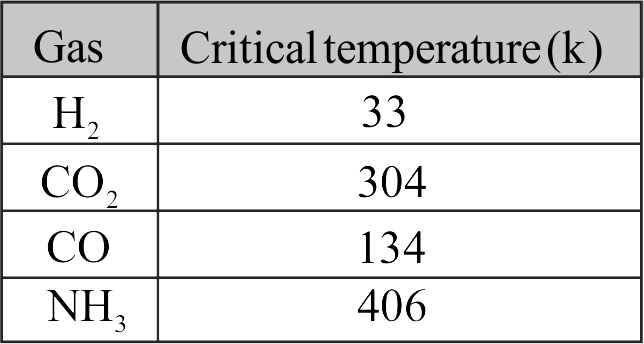320810 In an adsorption experiment, a graph between \({\mathrm{\log (x / m)}}\) versus \({\mathrm{\log P}}\) was found to be linear with a slope of \({\mathrm{45^{\circ}}}\). The intercept on the \({\mathrm{y}}\) axis was found to be 0.301 . Calculate the amount of the gas adsorbed per gram of charcoal under a pressure of 3.0 atm .
320810 In an adsorption experiment, a graph between \({\mathrm{\log (x / m)}}\) versus \({\mathrm{\log P}}\) was found to be linear with a slope of \({\mathrm{45^{\circ}}}\). The intercept on the \({\mathrm{y}}\) axis was found to be 0.301 . Calculate the amount of the gas adsorbed per gram of charcoal under a pressure of 3.0 atm .
320810 In an adsorption experiment, a graph between \({\mathrm{\log (x / m)}}\) versus \({\mathrm{\log P}}\) was found to be linear with a slope of \({\mathrm{45^{\circ}}}\). The intercept on the \({\mathrm{y}}\) axis was found to be 0.301 . Calculate the amount of the gas adsorbed per gram of charcoal under a pressure of 3.0 atm .
320810 In an adsorption experiment, a graph between \({\mathrm{\log (x / m)}}\) versus \({\mathrm{\log P}}\) was found to be linear with a slope of \({\mathrm{45^{\circ}}}\). The intercept on the \({\mathrm{y}}\) axis was found to be 0.301 . Calculate the amount of the gas adsorbed per gram of charcoal under a pressure of 3.0 atm .

